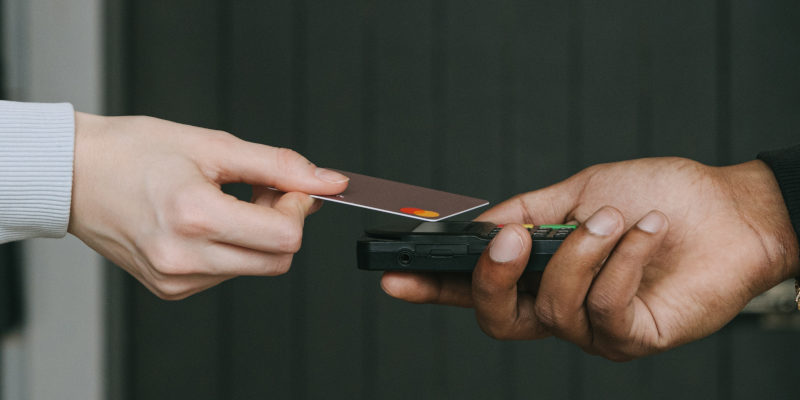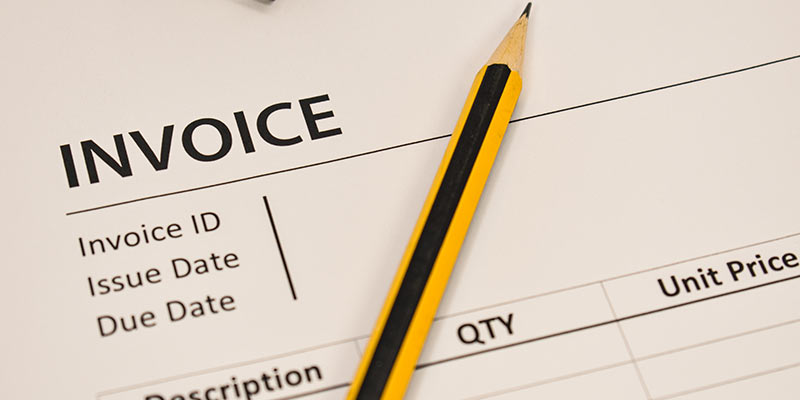Efficient and seamless payment collection is vital for businesses of all sizes. Traditional methods of collecting invoice payments often involve tedious manual processes, delays, and potential errors. However, with the advent of Electronic Point of Sale (EPOS) card machines, businesses have experienced a significant transformation in their payment collection systems. In this article, we will delve into the world of EPOS card machines, exploring their functionalities, benefits, and the crucial role they play in enhancing businesses’ invoice payment collection processes.
Understanding EPOS Card Machines
EPOS card machines are advanced electronic devices used by businesses to process credit and debit card payments at the point of sale. These machines are equipped with modern technology that allows seamless and secure payment transactions. EPOS card machines enable businesses to accept payments through various channels, including chip and PIN, contactless payments, and mobile wallets.
These card machines not only allow for card-present, face to face payments, but also allow you to take payments over the telephone. With the integration of a card reader, display screen, and software applications, card machines facilitate swift and hassle-free payment processing.
Streamlining Invoice Payments
In traditional payment collection methods, businesses often face challenges such as delayed payments, errors in manual data entry, and difficulty in tracking transactions. EPOS card machines overcome these hurdles by streamlining invoice payment processes. With an EPOS system, businesses can generate invoices electronically and send them directly to customers. These invoices can include a secure payment link, allowing customers to make payments conveniently using their preferred payment method through the EPOS card machine.
Card machines also enable businesses to automatically reconcile payments with invoices, reducing the need for manual data entry and minimising errors. By integrating with accounting software, these machines can update payment records in real-time, providing accurate financial insights and simplifying the reconciliation process.
Enhanced Efficiency and Customer Experience
EPOS card machines significantly enhance efficiency and customer experience in invoice payment collection. The streamlined process enables businesses to receive payments faster, reducing payment collection cycles and improving cash flow. Real-time payment processing ensures that businesses can promptly identify any payment discrepancies and take necessary actions.
Furthermore, card machines support a range of payment options, accommodating customers’ preferences and increasing convenience. Contactless payments, in particular, have gained popularity due to their speed and ease of use. Card machines equipped with contactless technology allow customers to make quick and secure payments by simply tapping their cards or mobile devices, enhancing the overall checkout experience.
Security and Data Protection
Security is a crucial concern in payment processing, and EPOS card machines offer robust measures to protect sensitive customer data. These machines adhere to stringent security standards, such as Payment Card Industry Data Security Standard (PCI DSS), ensuring that payment transactions are encrypted and securely processed.
EPOS systems also provide businesses with the ability to store transaction records securely. In the event of a dispute or discrepancy, having detailed transaction information readily accessible can be invaluable for businesses to resolve issues efficiently.







